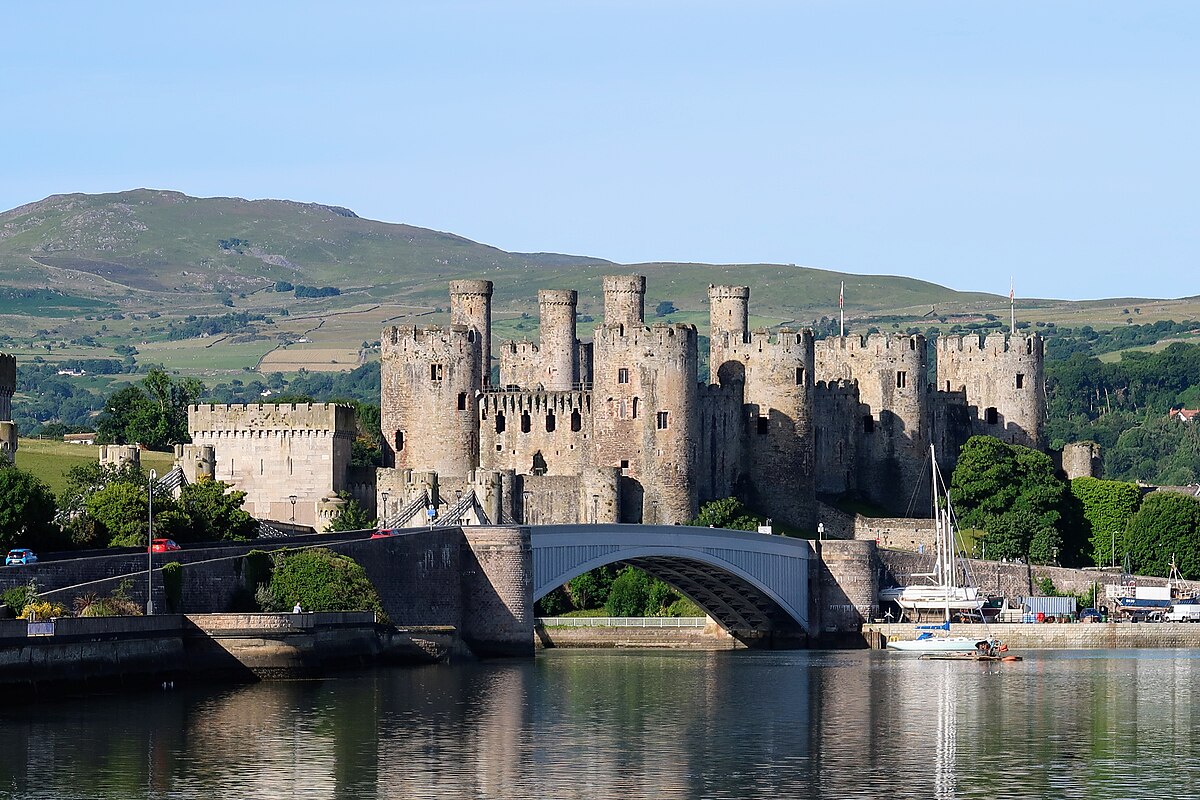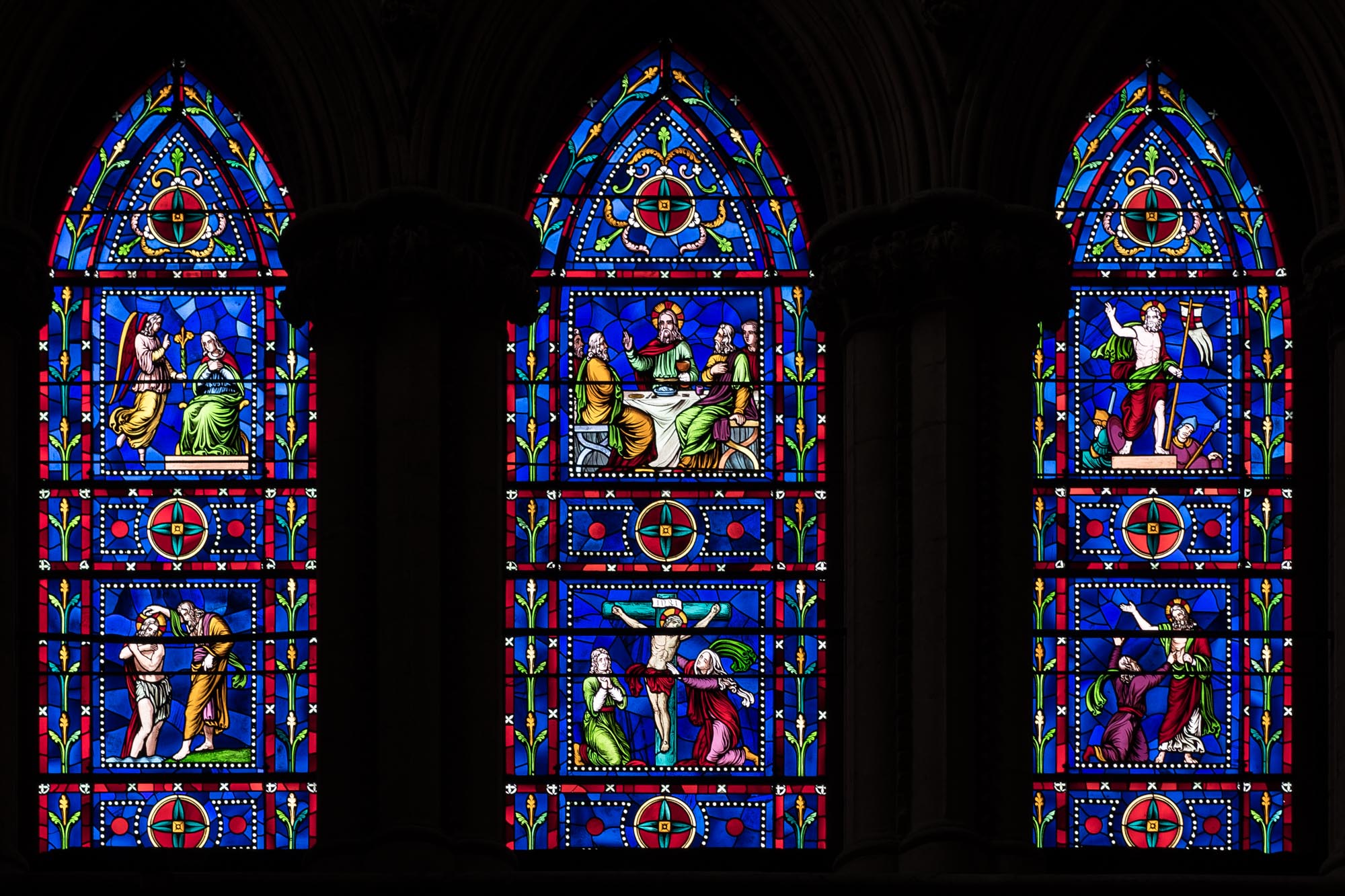Medieval Britain
The Middle Ages in Britain (476–1485), covering wars, political and legal changes, feudalism, the Black Death, national identity, language, culture, and the Wars of the Roses.
The Middle Ages (476–1485)
The Middle Ages, or medieval period, lasted about a thousand years — from the end of the Roman Empire in AD 476 to 1485. This period was marked by almost constant war, major social changes, and the birth of England’s national identity.
Conflicts in Britain and Abroad
After the Norman Conquest, English kings often fought to control Wales, Scotland, and Ireland.
- In Wales, King Edward I introduced the Statute of Rhuddlan (1284), bringing Wales under English rule. Castles such as Conwy and Caernarvon were built to maintain power. By the 15th century, Welsh rebellions were crushed, and English laws and language were introduced.
- In Scotland, Robert the Bruce led the Scots to victory at the Battle of Bannockburn (1314). Scotland remained independent.
- In Ireland, the English first arrived to help the Irish king but later built their own settlements. By 1200, they ruled an area around Dublin, called the Pale. Some Irish lords accepted English authority.

English kings also fought wars abroad.
Many knights joined the Crusades, where European Christians fought for control of the Holy Land. England also fought France in the Hundred Years War (1337–1453), which lasted 116 years.
The famous Battle of Agincourt (1415) saw King Henry V’s small army defeat the French. By the 1450s, the English had mostly left France.

The Black Death and Feudalism
The Normans introduced feudalism, a system where:
- The king gave land to his lords in exchange for military support.
- Lords gave land to peasants (serfs) who worked the land and could not move freely.
In 1348, a deadly disease known as the Black Death reached Britain. It killed about one third of the people in England, Scotland, and Wales—one of the worst disasters in British history.
The smaller population meant less farming was needed. There were labour shortages, and peasants demanded higher wages.
New social classes appeared:
- The gentry (large landowners)
- A growing middle class in towns
In Ireland, the Black Death killed many in the Pale, reducing English control there.
Legal and Political Changes
During the Middle Ages, Parliament began to form from the king’s council of advisers—nobles and church leaders.
In 1215, King John was forced to sign the Magna Carta (Great Charter).
It stated that:
- The king must obey the law.
- He could not collect taxes or make laws without consulting his noblemen.
Over time, Parliament developed two parts:
- The House of Lords (nobles and bishops)
- The House of Commons (knights and wealthy townspeople)
Only a few people could vote for members of the Commons.
Scotland had a similar system with three Estates: the lords, the commons, and the clergy.
The legal system also evolved.
Judges became independent of the king, and common law developed through precedents (past decisions).
In Scotland, laws were written down (codified).
Language and Literature
After the Norman Conquest, nobles spoke Norman French, and peasants spoke Anglo-Saxon.
Over time, these languages merged into English.
Examples:
- French origin: park, beauty, demand
- Anglo-Saxon origin: apple, cow, ask
By 1400, English became the main language of royal court, Parliament, and official documents.
Geoffrey Chaucer wrote The Canterbury Tales, poems about pilgrims traveling to Canterbury. It was one of the first books printed by William Caxton, England’s first printer.
In Scotland, people spoke Gaelic and Scots. John Barbour wrote The Bruce, about the Battle of Bannockburn.
During this time, Britain’s landscape changed:
- Castles (like Windsor and Edinburgh) were built for defence.
- Cathedrals, such as Lincoln Cathedral, were built with beautiful stained-glass windows (e.g., York Minster).
England also became a major trading nation, exporting wool. Skilled workers came from across Europe — weavers from France, engineers from Germany, glassmakers from Italy, and canal builders from Holland.

The Wars of the Roses
In 1455, a civil war began to decide who should be king.
It was fought between:
- The House of Lancaster (red rose)
- The House of York (white rose)
The war ended in 1485 at the Battle of Bosworth Field.
King Richard III (York) was killed, and Henry Tudor (Lancaster) became King Henry VII.
He married Elizabeth of York, uniting both families.
Their new symbol, the Tudor rose, combined the red and white roses.
Key Points
- The Middle Ages lasted from AD 476 to 1485.
- England fought wars in Wales, Scotland, Ireland, and France.
- Edward I annexed Wales in 1284.
- Robert the Bruce won at Bannockburn (1314).
- Feudalism structured society; the Black Death (1348) killed a third of the population.
- The Magna Carta (1215) limited royal power.
- Parliament developed into two Houses; judicial independence and common law arose.
- English language evolved from Norman French and Anglo-Saxon.
- Geoffrey Chaucer and John Barbour were key medieval writers.
- Castles and cathedrals symbolised power and faith.
- England became a major trading nation.
- The Wars of the Roses (1455–1485) ended with Henry VII and the start of the Tudor dynasty.